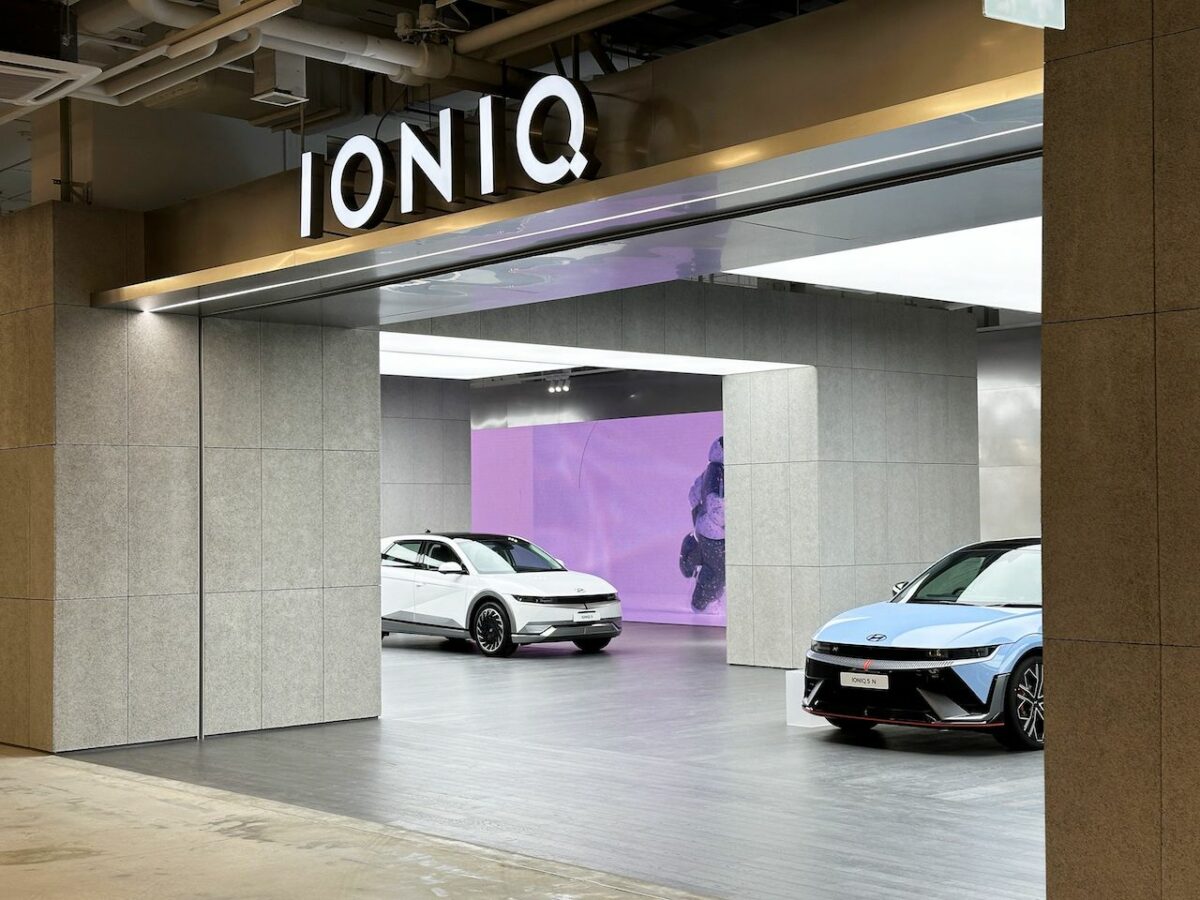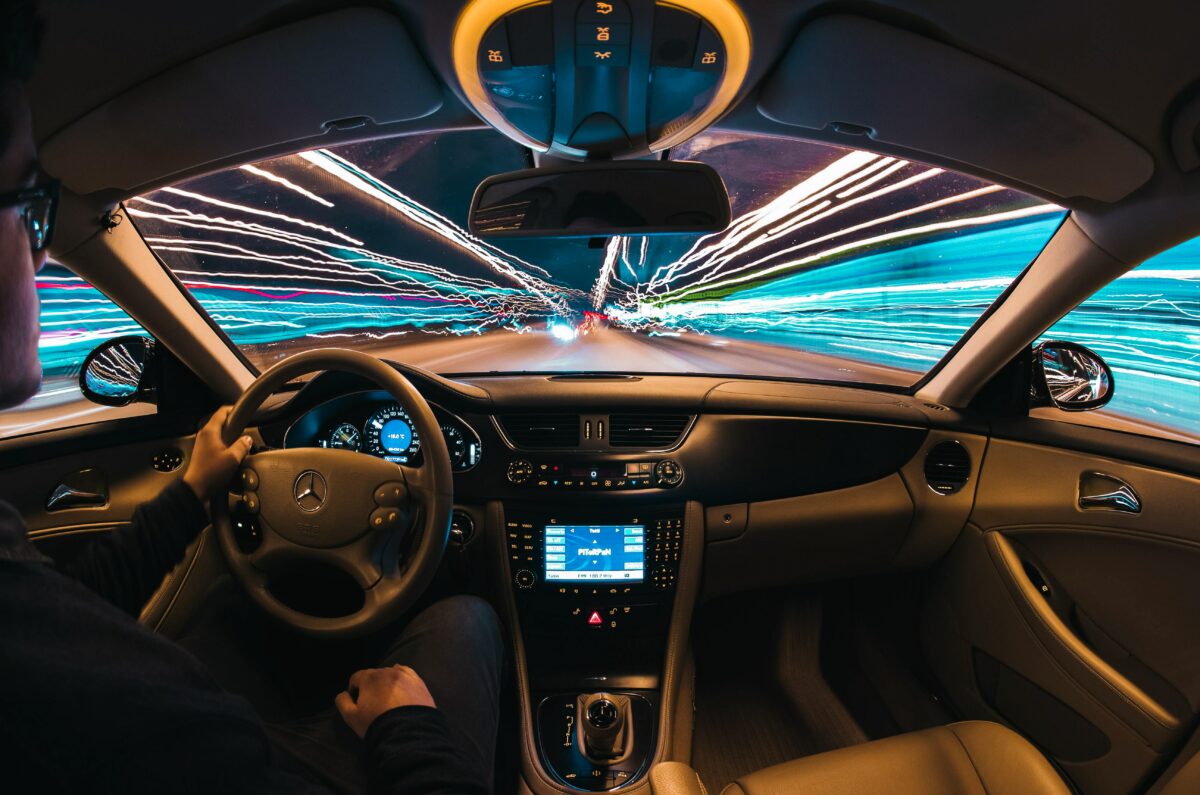We may not realise it, and it may be hard to believe in certain people’s cases, but humans are well suited to a task as complex as driving. Our ability to generalise—that is, to comprehend a situation, even if we haven’t encountered something exactly like it before—means that we have the capabilities to handle its often chaotic nature.
Roads and infrastructure may have improved through the years, and assistance systems may be lightening the load, but even today drivers must expect the unexpected. This is particularly the case in built-up urban areas, which are subject to spontaneous road closures, heavy pedestrian presence, faulty traffic lights and just plain rude driving.
Excessive miles on the highway don’t add up to much if a car can’t navigate a four-way stop
For those developing the artificial intelligence (AI) that could one day guide autonomous vehicles (AV), recreating this mental flexibility is an unimaginably difficult task, and the testing involved is an exhaustive process utilising multiple types of simulation, track testing, augmented reality scenarios and, increasingly, on-road testing. It is by no means straight-forward, and the question at the heart of the problem is surely: how do we avoid a repeat of what happened in Tempe, Arizona in March 2018? The presence of a safety driver was not enough to stop Uber’s test SUV killing Elaine Herzberg, and the incident may have affected public confidence. A survey by Reuters suggested that some 71% of Americans fear AVs.
To ensure safety, and to regain public trust, the nature and aim of vehicle testing must change. Multiple purpose-built facilities have emerged to aid in the task. Michigan’s Mcity has operated since July 2015, attracting the business of Detroit giants and AV start-ups alike. California has GoMentum Station, a 2,100 acre ground used by automakers and the state’s tech companies. Waymo runs its own test-city, ‘Castle’, in Atwater, California. In Florida, the US$42m SunTrax facility in Polk County is preparing to open. Unlike traditional vehicle testing, which has been largely performance-based, these facilities must measure how a self-driving car will perform in the real world, and as such must be littered with as many challenging conditions, scenarios and imperfections as possible.
The question at the heart of the problem is surely: how do we avoid a repeat of what happened in Tempe, Arizona in March 2018?
But beyond that, the industry must continually reflect on what exactly constitutes progress in AV development. California mandates that companies testing AVs publish data on the number of miles tested, and these figures are often used by companies such as Waymo to demonstrate how far ahead they are, but excessive miles on the highway don’t add up to much if a car cannot navigate a four-way stop, for example.
Industry-wide efforts are already under way to establish standards that ensure AVs are roadworthy: Germany’s PEGASUS programme is one proposition, whilst Michigan’s Mcity has already suggested its ‘ABC’ competencies could be used to ensure the safe graduation of AVs from test track to real road.
The range of companies involved in testing AVs is broad and varied, taking in car and truck manufacturers, their traditional suppliers, new industry players and leading tech companies. As underlined in Automotive World’s latest special report, “How do you test the autonomous vehicle?”, testing the technology is essential, but so too is testing public reaction to the technology.



